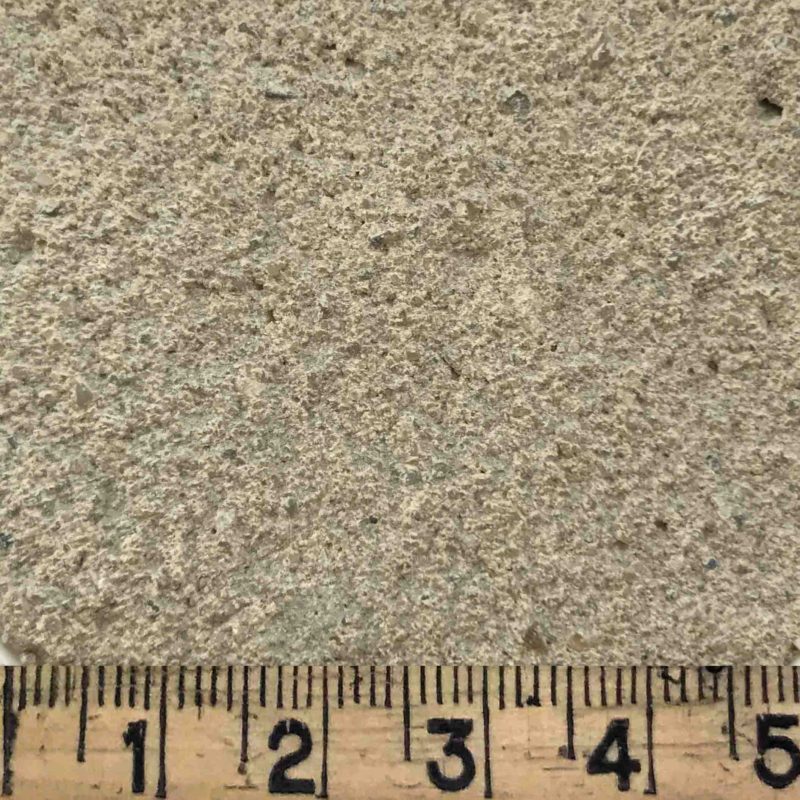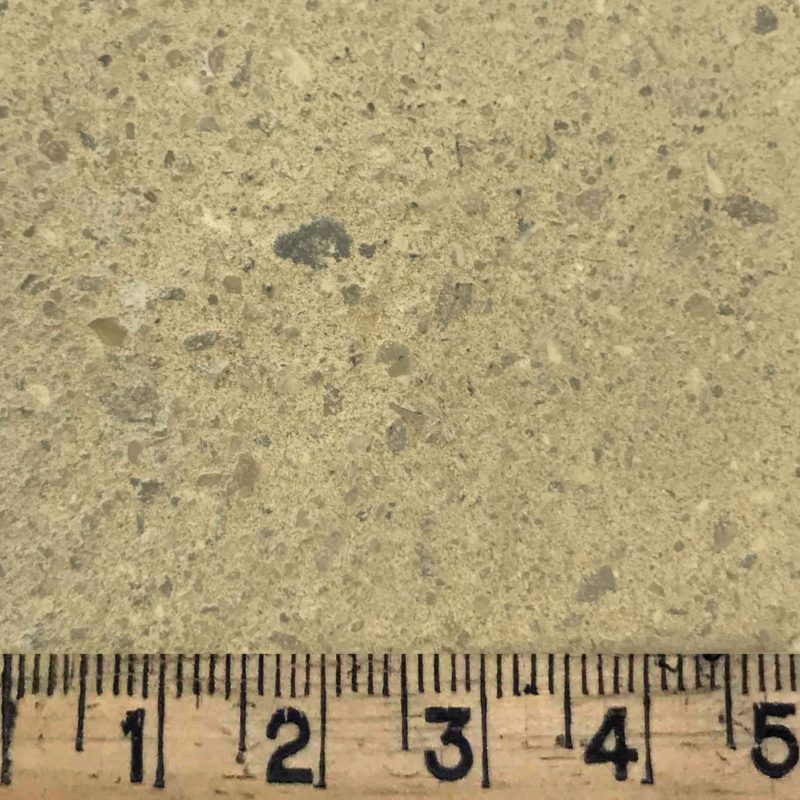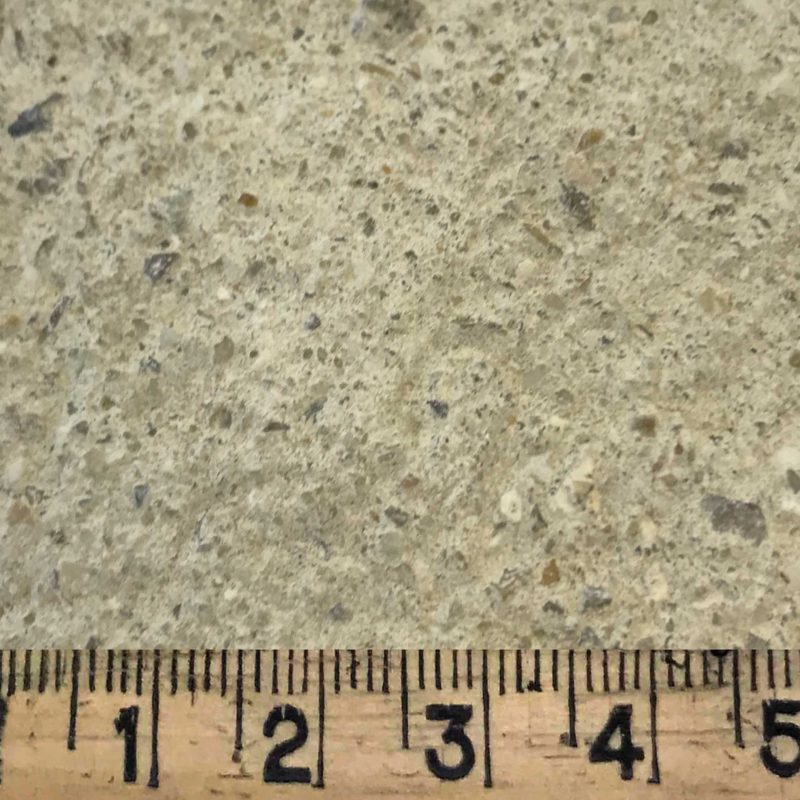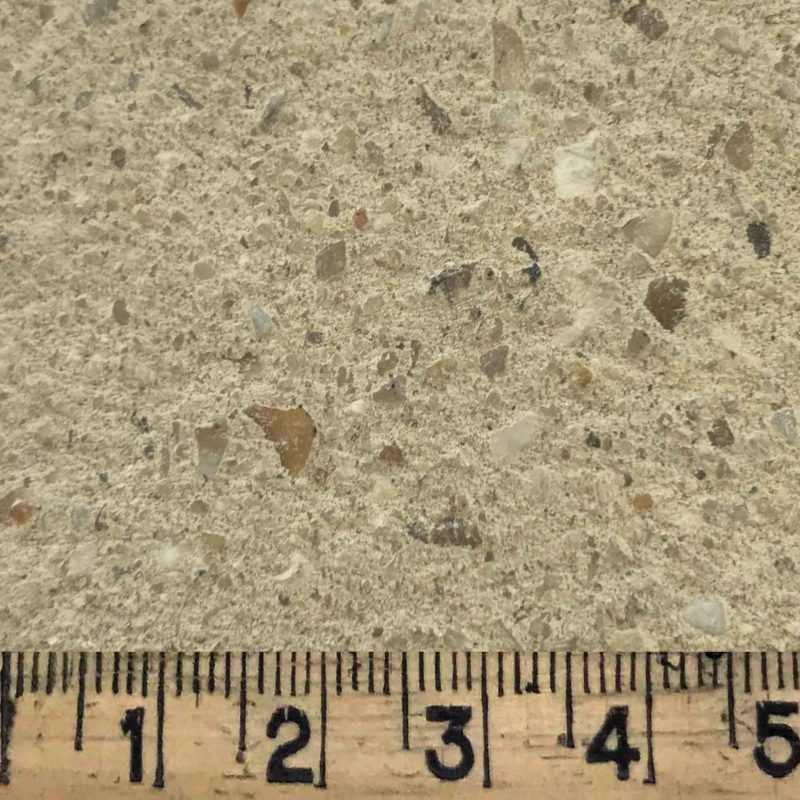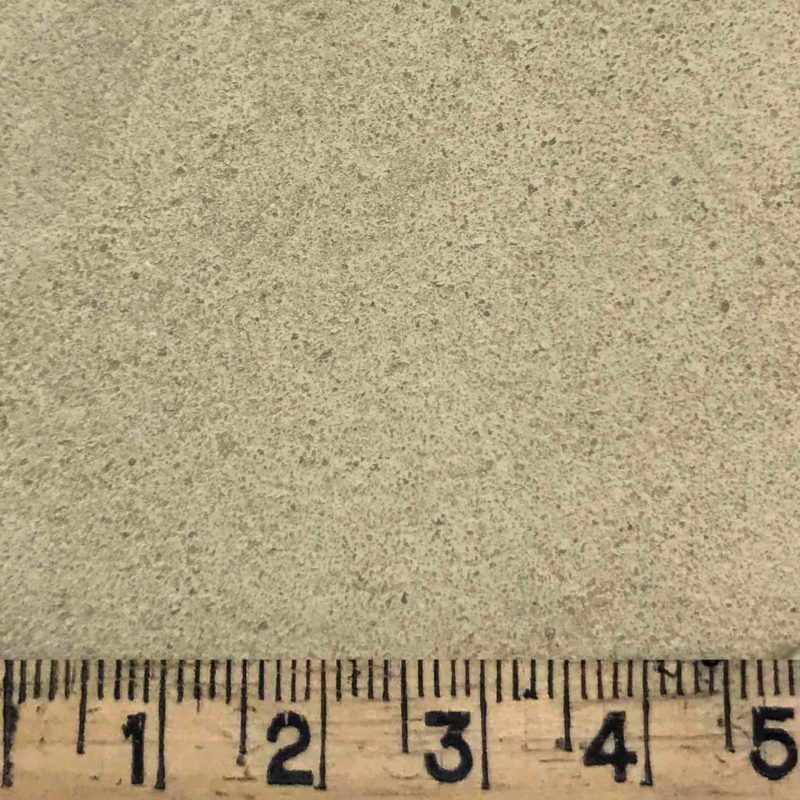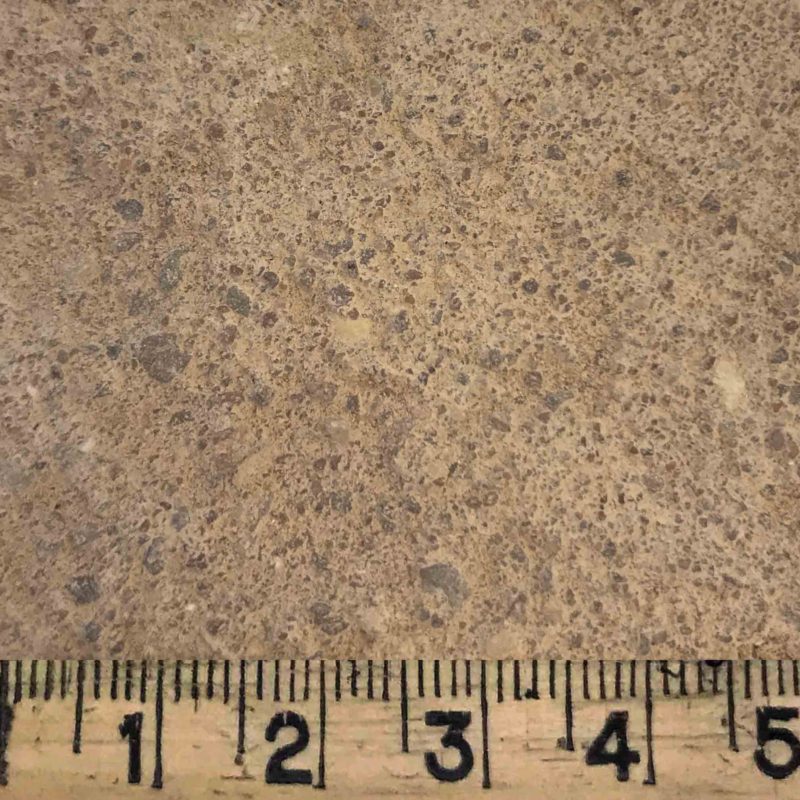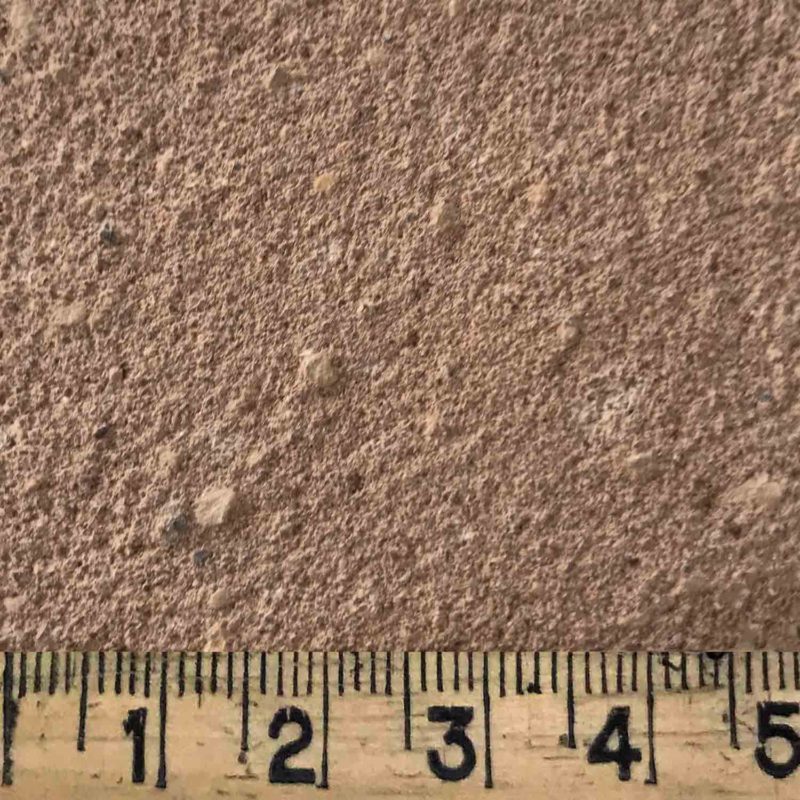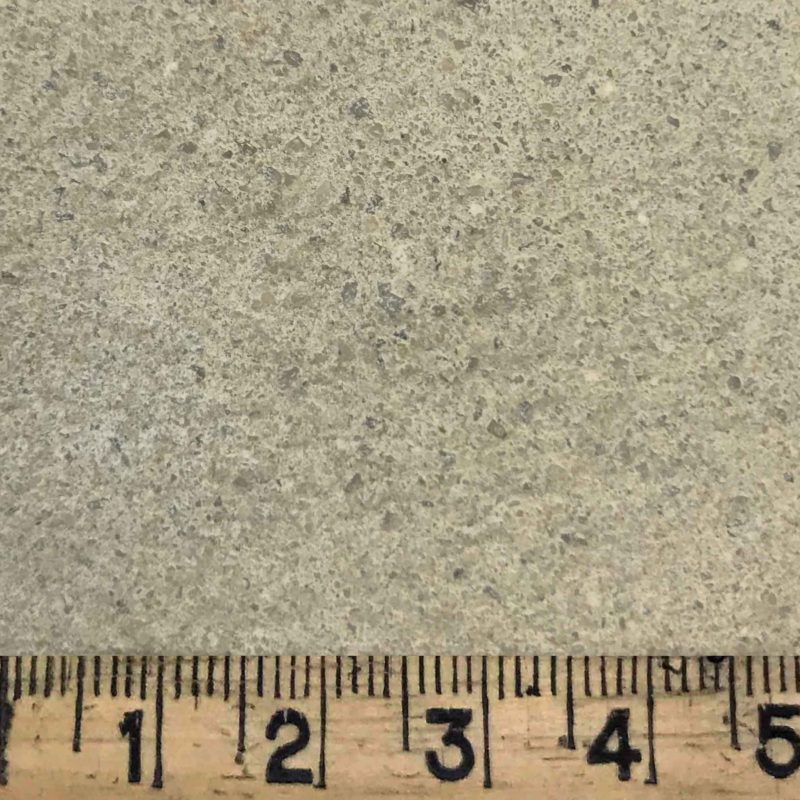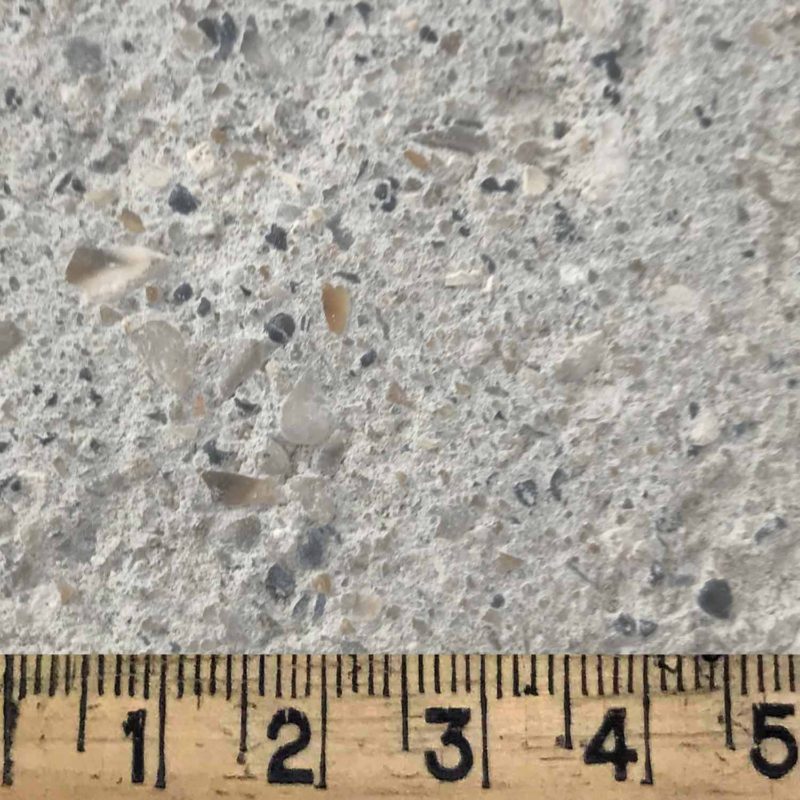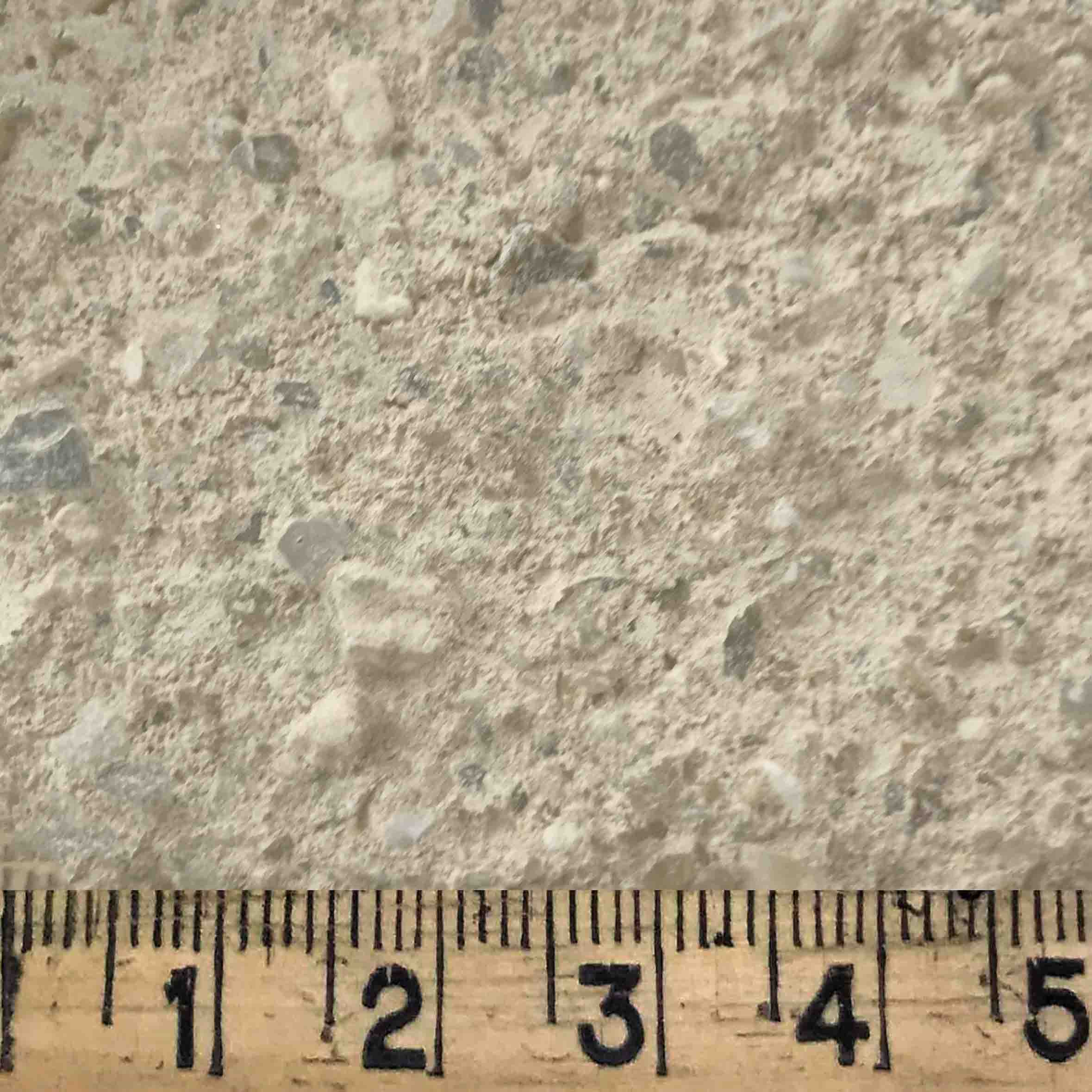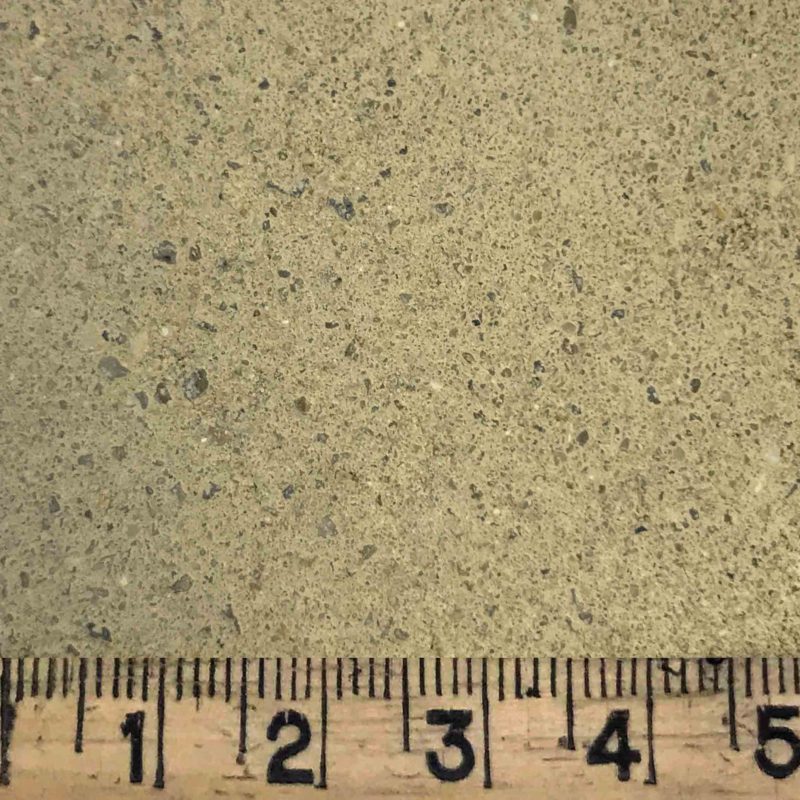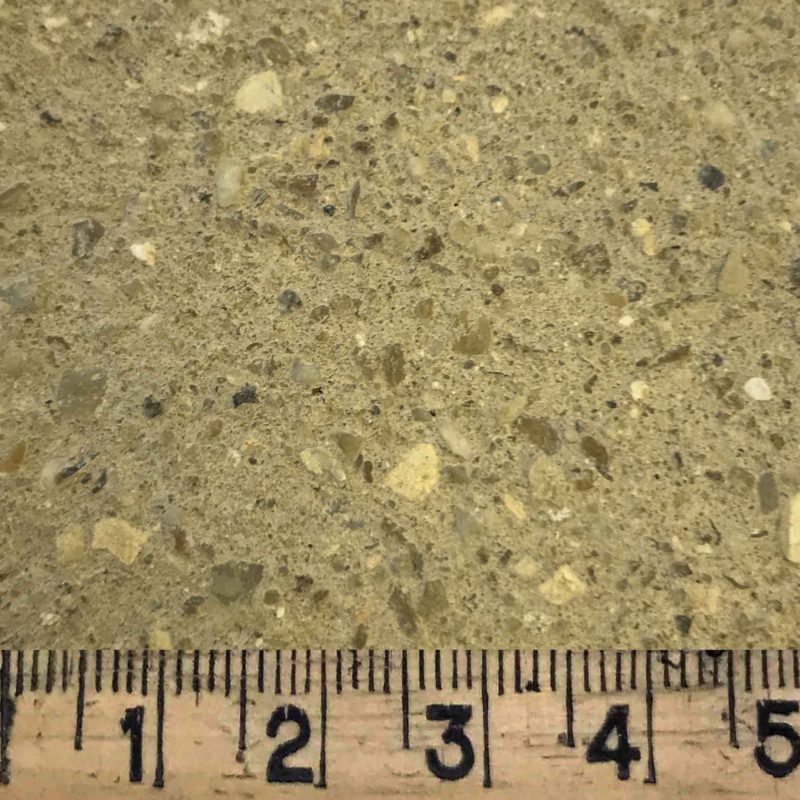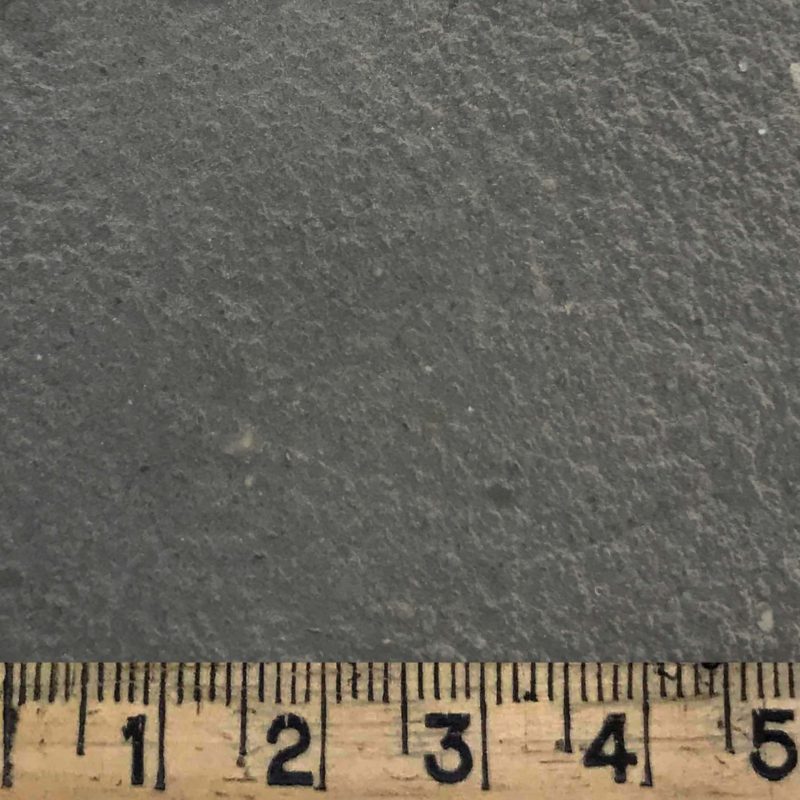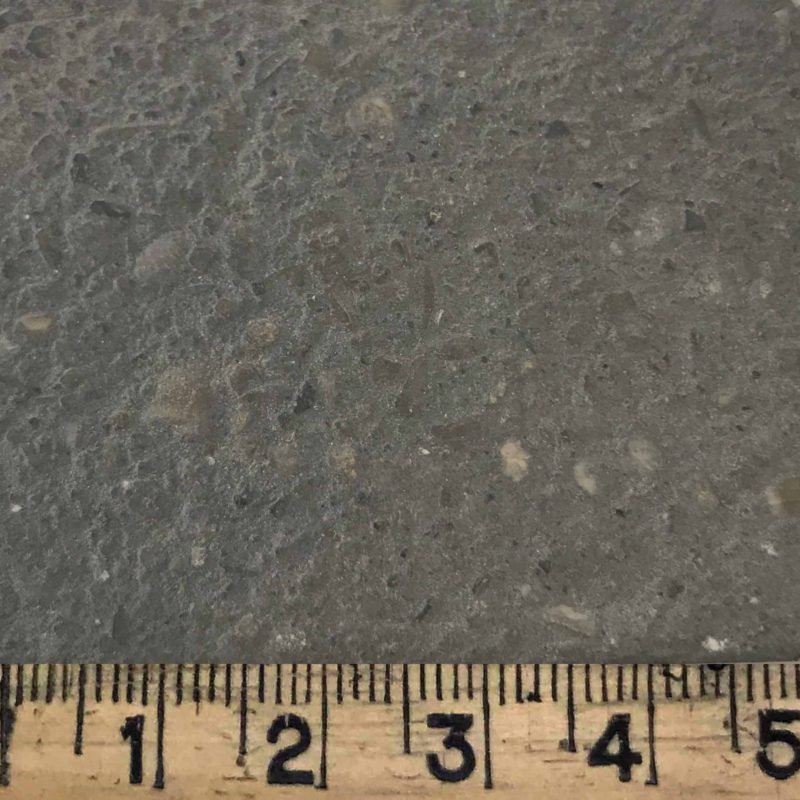Lime Mortars
Traditionally stone and brick buildings were built and repointed using lime mortar. The soft and permeable qualities of lime mortar allow for any movement in the structure and ensure moisture in the walls can freely evaporate. As lime mortar is generally softer than stone, occasional repointing is necessary at both low level (due to salt attack) and at higher levels like copings, string and weathering’s (due to water erosion). Lime mortar, especially putty lime mortars can become soft and friable with age but this does not necessarily mean they are not functioning.
Unfortunately, over the last 150 years or more, Portland cement based mortars have commonly been used for repointing joints that were previously filled with lime mortar. Strong cement mortars are invariably too hard for limestone, they can cause damage and being grey are drab and unsightly. Wherever possible they should be removed and replaced with lime mortar which allows the wall to ‘breathe’. The typical cream, buff, pale brown, pink and white lime mortars which reflect the local sand colour, are much more in keeping with the colours and textures of stone and brick.
Showing all 14 results


